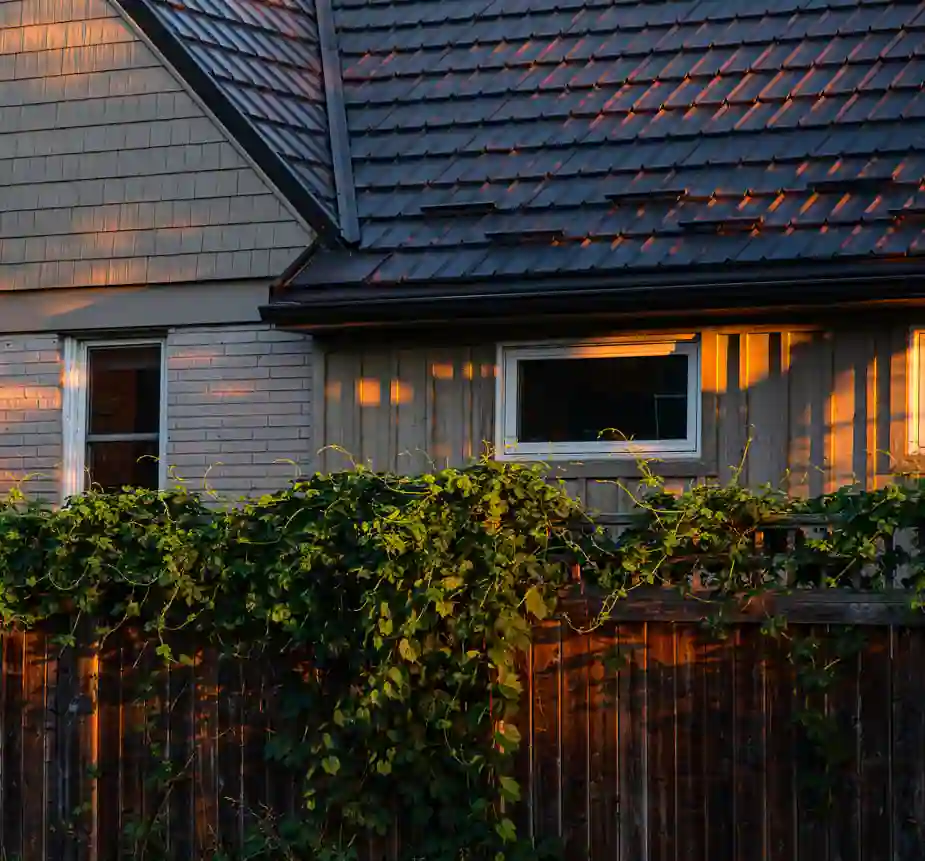How to air seal an old house – Maintaining Cosiness and Effectiveness: An All-Inclusive Guide to Air Sealing an Old House
With their distinct appeal and historical value, old residences can present several difficulties. Inadequate air sealing in older homes can lead to low energy efficiency, which is a typical problem. Energy bills and living comfort can be greatly affected by draughty windows, wall gaps, and attic leaks. We will discuss here in this blog post the value and importance of air sealing, the unique difficulties that come with older homes’ air sealing, along information about the step-by-step method for successfully air sealing an older home in this extensive tutorial, let’s read the post, you may read the post, air sealing house cost, if not then click here.
Realizing the Significance and Importance of Air Sealing: Keeping an energy-efficient home requires regular air sealing.
The key component and major thing of maintaining an energy-efficient house is air sealing. just plainly, it involves caulking the unexpected holes and cracks in a home that let air conditioners leave and outside air in. This air-sealing method can help lower energy costs by reducing needless heat gain or loss while also improving comfort by maintaining a constant temperature.
However, air sealing presents an air sealing technique in known as a unique set of problems for older homes, we hope you read the post, Air Sealing Techniques, if not then click here. Their building materials and methods may differ from those of contemporary homes, and settling and maturing over time may cause new cracks and mechanical issues.
Recognizing Typical Problems in Old Homes:
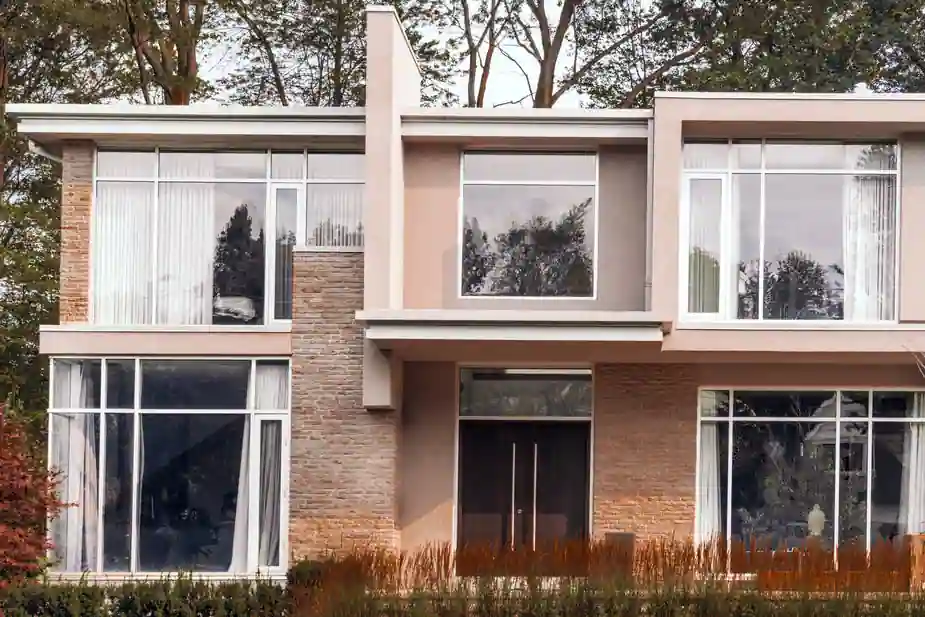
Before beginning an air sealing repair, it is critical to determine the frequent problems seen in older homes. Among them could be a few of these:
Draughty Windows and Doors:
As a result of aging, gaps, and cracks in the glass, air can seep out.
Attic Leaks:
Air leaks frequently occur in the attic. Heat loss from gaps around vents, chimneys, and attic hatches can occur.
Foundation fractures:
As a result of settlement over time, the foundation may develop fractures that allow air from the outside to enter.
Wall Cavities:
Uninsulated or gaping sections of the wall can be a major source of air leakage.
Equipment and Materials You’ll Need
To effectively air seal your ancient house, gather the following materials and equipment, tools for air sealing:
Caulking
Apply caulk to gaps and cracks surrounding doors, windows, and other openings.
Weatherstripping:
Applied to gaps around windows and doors and other movable elements of construction.
Expanding foam sealant
Expanding foam sealant is known as an excellent and perfect choice for sealing the larger holes and areas of your house, especially these include basements and attics.
Backer Rod:
Used to bridge wider spaces before caulking or sealing.
Foam gaskets:
These foam gaskets are made to fit under switches and outlet plates to stop air leaks and make your house an air-tight.
Door Sweeps and Thresholds-
Install thresholds and door sweeps at the bottom of doors to prevent drafts. So for make your old house air seal install door sweeps and thresholds.
Window film or window coating
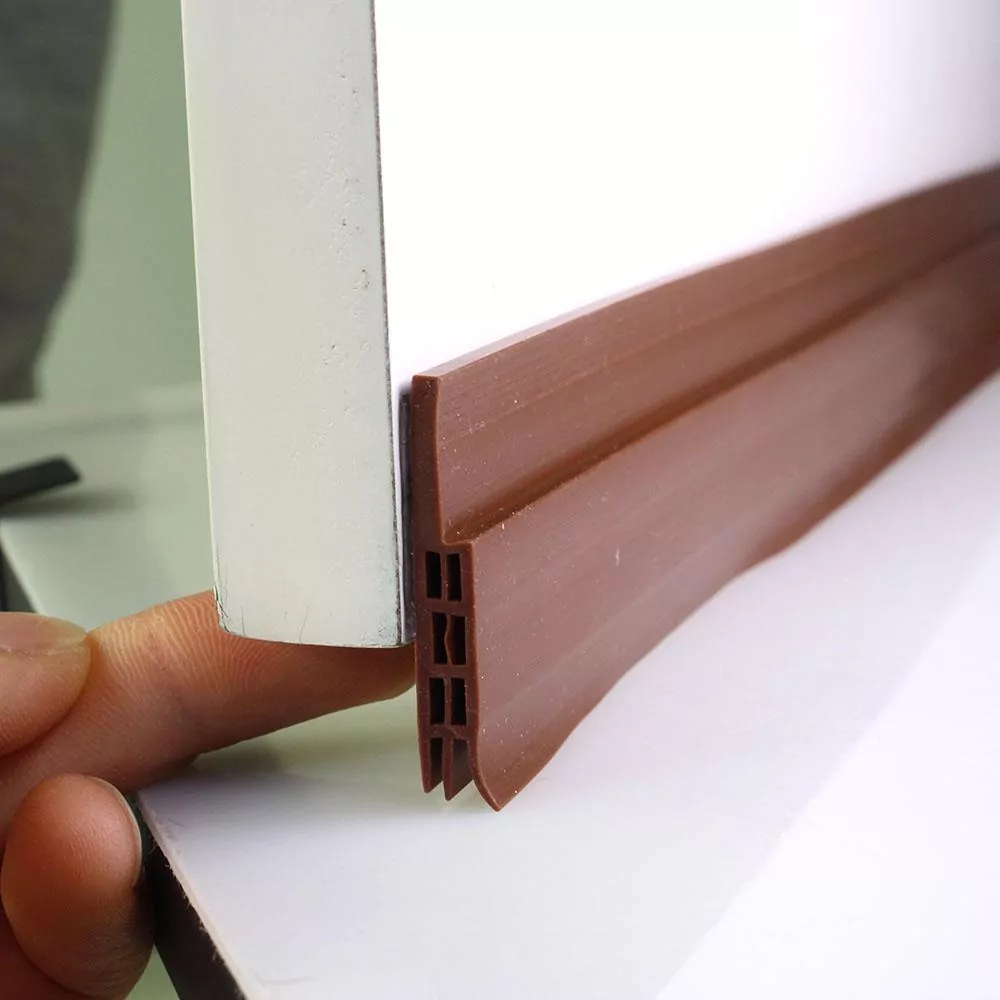
Window field and window coating this is an affordable way to increase the value of energy and boost power-saving windows’ insulating value.
Safety material
Wear a dust mask, safety glasses, and gloves to protect yourself when sealing.
Keep in mind that, choose the correct Sealant Types according to your needs and budget An overview of the various sealants (foam, caulk, weatherstripping, etc.).
Selecting the appropriate sealant for particular regions of the home. You have needs following Required Tools and equipment needed for an air sealing project (such as foam applicators, weatherstripping equipment, and caulk guns).
How To Air Seal An Old House
In the above passage, you read what benefits you will get after air sealing an old house, so now it is possible you are worried about how to air seal an old house with the correct and proper steps. which equipment is needed for air sealing the old house, so you must read the following passage, here we will share the process for Air Sealing in proper and simple Steps
Determine which leaks to prioritize.
Start by ranking the biggest air leaks in order of importance. Pay attention to places where you detect temperature variations or feel drafts.
Close Doors and Windows- How to air seal an old house
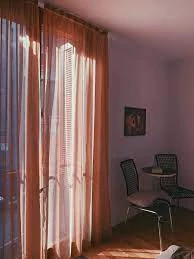
Install weatherstripping on doors and windows.
Cover any apparent cracks or gaps with caulk.
To add an additional layer of insulation, think about installing storm doors or windows.
Take Care of Basement and Attic Leaks- air sealing old house
Close any gaps around the attic’s pipes, wiring, and vents.
For wider gaps, use expanding foam sealant.
Inspect and caulk any openings in the basement, particularly those near the foundation.
Cover external walls
Check for gaps and cracks in external walls.
Sealant or caulk should be applied around utility openings.
The addition of insulation can increase energy efficiency.
Sealing of Floors- air sealing an old house and how to air seal an old house
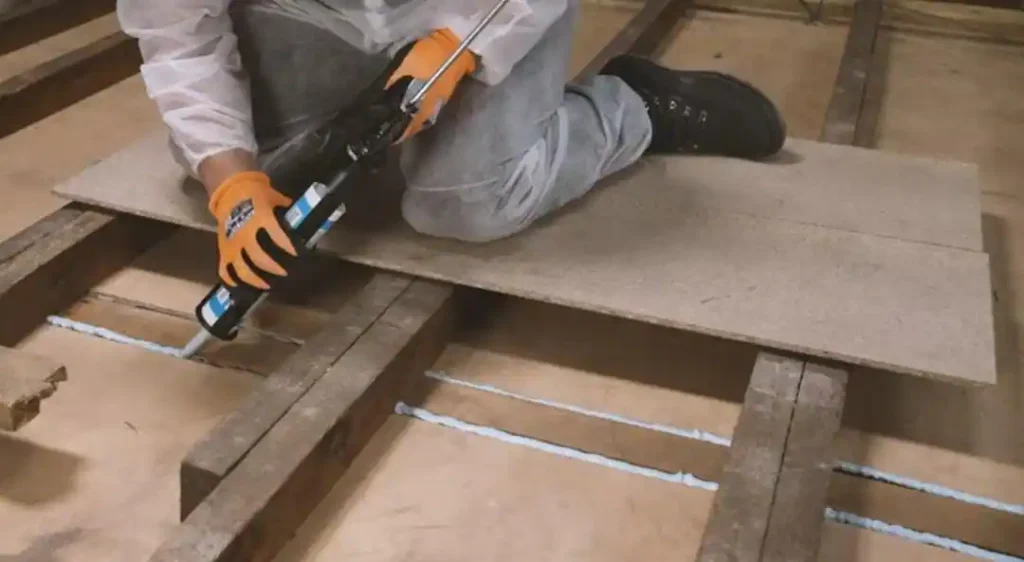
Fill up spaces left by baseboards and floors with caulk.
To lessen drafts from wooden flooring, think about adding carpets or rugs.
Sealing Chimneys and Fireplaces
Make that the damper is operating properly.
When the fireplace is not in use, obstruct the airflow with a chimney balloon.
Light Switches and Outlets
Put foam gaskets in place behind the switch and outlet plates.
When covering unused outlets, use childproof plugs.
Sweeps and thresholds for doors
Attach door sweeps to the underside of external doors.
To ensure a tight fit, check and adjust criteria.
Installing Window Film
If you want better insulation without replacing your windows, apply window film.
Frequent Inspections for Maintenance
Check for fresh cracks and gaps regularly.
Reapply caulk and replace weatherstripping as necessary.
Benefits of an air sealing to old house
Recognizing the Significance of Air Sealing
Closing openings and crevices in a building’s envelope to stop the flow of air between the inside and outside is known as air sealing. These gaps may be more noticeable in an older home because of settling, deterioration, and antiquated building techniques. It is imperative to address air leaks for several reasons:
Energy Efficiency
Your heating and cooling systems have to work harder due to uncontrolled air exchange, which raises energy consumption.
Archive the Comfort – benefits of old house air sealing
Homes with inadequate sealing often have uneven temperatures, and drafts can make some parts of your house uncomfortable.
Durability- benefits of air sealing to old house
Air leaks can cause moisture problems, which can result in mold, decay, and other structural difficulties.
Savings on costs
By keeping outside air from entering and conditioned air from departing, you
Advice on Appropriate Air Sealing:
If you are ready to air sealing an old house and want to increase of your old house’s enegergy efficiency and getting higher comfort through the year in your old house with air sealing an old house, then here we are sharing you some advice for better results of air sealing to the old house
Pick the Right Materials
When choosing sealing materials, we like to suggest you be sure they are suitable for the particular regions you are living in. Picking out or selecting the right and best material for effective insulation and achieving comfort is essential to select or choose the right material or proper technique.
Collaborate in pairs
As you seal wide gaps, assign one person to apply the sealant while the other keeps an eye out for any problems.
Check for Proper Ventilation
To avoid moisture buildup, make sure there is adequate ventilation, particularly in areas like the attic.
Think About Getting Specialist Help
If you’re not sure how to proceed in some areas or if the task appears too difficult, think about consulting or getting help from a specialist.
Air leaks are a less-than-pleasant issue that frequently accompanies older homes, despite their timeless beauty and lovely architecture. Your home may become less energy-efficient as a result of these leaks, which could result in greater utility costs and an uncomfortable living space. We will discuss the value of air sealing an ancient house in this tutorial, along with giving you a step-by-step method to revitalize your beloved residence.
Air Sealing An Old House
If you are going the air sealing an old house, then follow the following things-
Understanding Air Sealing’s Need
Even if they have a lot of charm, older homes frequently lack modern energy efficiency features. This implies that they may be ineffective and draughty, allowing valuable heated or cooled air to escape. The act of sealing these openings and crevices to increase the comfort and energy efficiency of your house is known as air sealing.
Finding Leaks in the Air
Finding the leaks in your ancient house is the first step towards air sealing it. Typical places include in the crawl space or basement, via the attic, and around windows and doors. To find these leaks, use a mix of visual inspection and instruments like an infrared camera or smoke pencil.
Weatherproofing Doors and Windows
Air leaks are a common problem with old windows and doors. To ensure a tight seal, think about installing weather-stripping around windows and doors. Sealing the spaces between windows and the wall and the gaps in their frames is another useful application for caulking.
Sealing the Attic Air
In many homes, attics are a major source of heat loss. Seal the attic floor’s crevices and gaps, as well as the areas around penetrations like plumbing vents and chimneys. To increase energy efficiency even more, think about adding insulation.
Crawl space and basement air sealing
Air leaks can also occur in crawl spaces and basements. Close off any openings or fissures in the foundation walls and window frames. To save even more energy, make sure the space is adequately aired and think about insulating the walls.
Appropriate Insulation Use
Although it has nothing to do with air sealing, having enough insulation within the house is crucial to keeping the inside comfortable. Make sure the attic, flooring, and walls of your ancient house are well insulated.
Ventilation Points to Remember
It’s critical to strike a balance between appropriate ventilation and air sealing when sealing an older home. Indoor air quality problems may arise in a home that is securely sealed. To guarantee a healthy living environment, think about installing mechanical ventilation systems.
Professional Support
It is a good idea to seek professional advice if you are not comfortable working on projects on your own or if the project is too difficult. Energy auditors are qualified to evaluate the unique requirements of your house and offer customized advice.
An old house can benefit from air sealing, which is a labor of love that results in energy savings and comfort. Finding and fixing air leaks helps you keep your home’s historical charm intact for future generations while also increasing its efficiency. Recall that a tightly closed house
In summary, Air Sealing Old House And How To Air Seal An Old House
An enjoyable project that improves comfort, energy efficiency, and the overall integrity of your historic home is air sealing. Even while it takes time and work, the long-term advantages—like reduced energy costs and more comfort—make the investment beneficial. You may preserve the charm of your historic home without losing modern conveniences by being aware of the particular problems presented by your historical property and using the appropriate equipment and procedures.
Do let us know how you feel about this information by commenting.
Like our Facebook page and follow for other updates like this.

